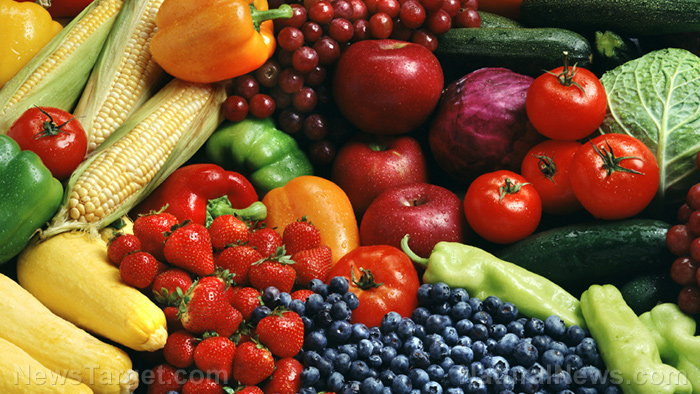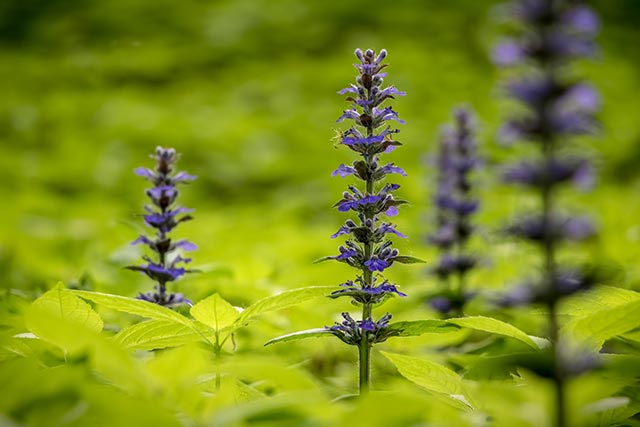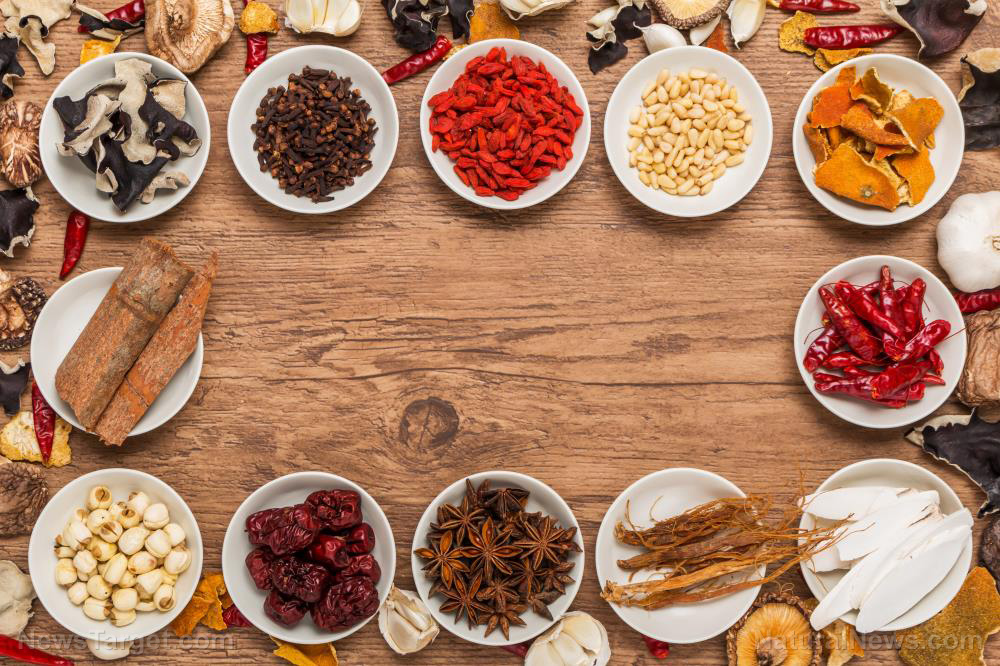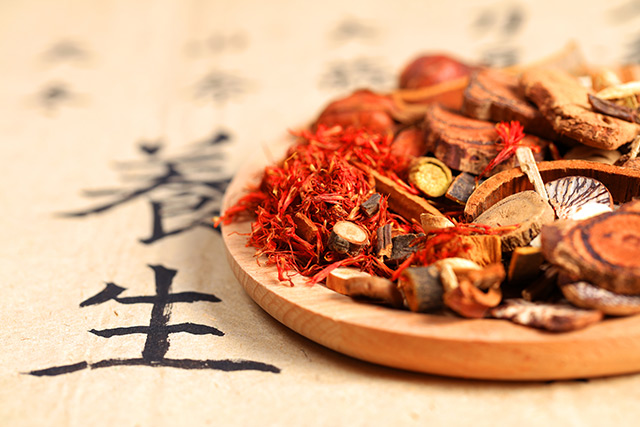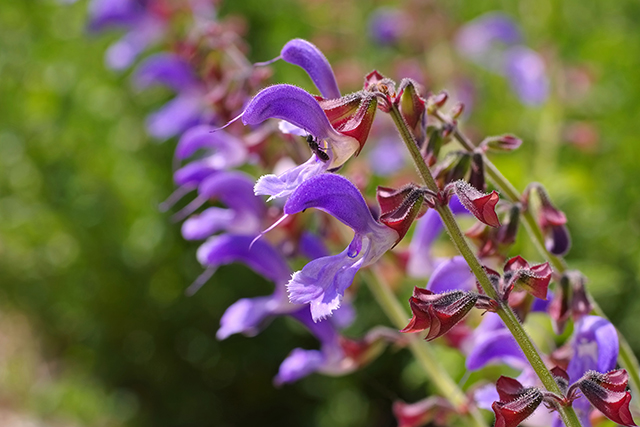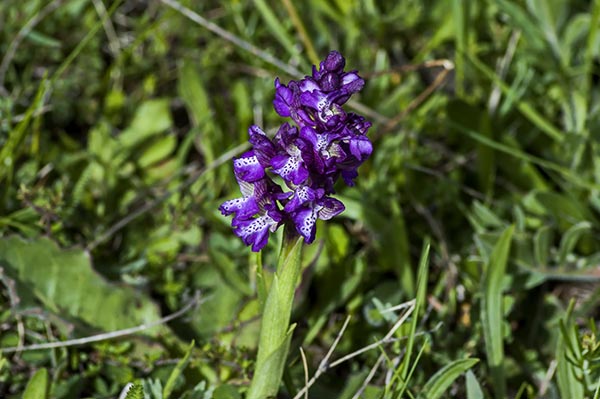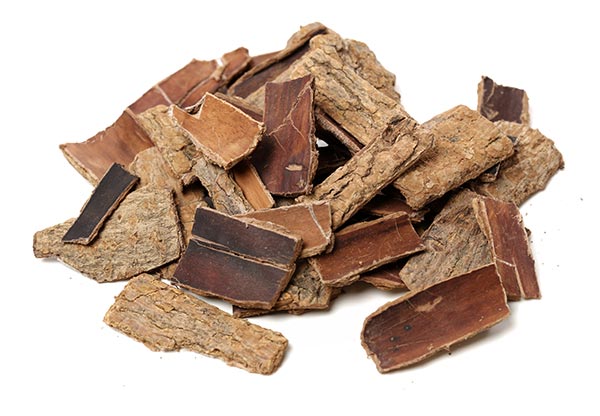Scientists explore the antimicrobial activities of Vernonia amygdalina (bitter leaf) and Croton macrostachyus
07/01/2020 / By Evangelyn Rodriguez
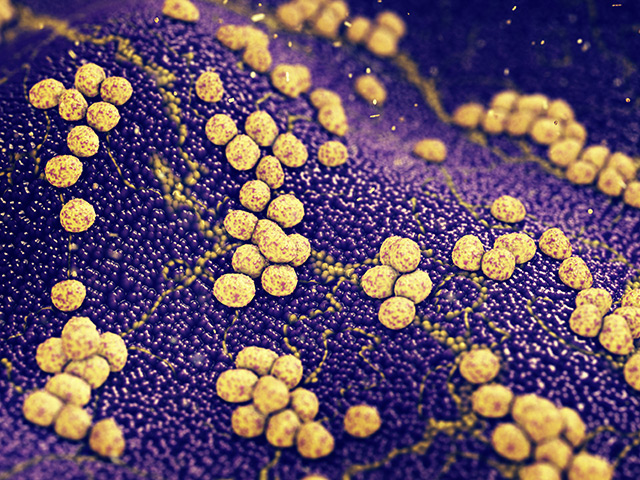
In this study, researchers at Raya University in Ethiopia investigated the antibacterial and anti-fungal activities of Vernonia amygdalina (bitter leaf) and Croton macrostachyus (broad-leaved croton) crude extracts against common bacterial and fungal pathogens. Their findings were published in The Journal of Phytopharmacology.
- The researchers used four bacteria, namely, Staphylococcus aureus, Streptococcus agalactiae, Salmonella typhi and Escherichia coli, and two fungi, Aspergillus flavus and A. niger, for their experiment.
- They evaluated the antimicrobial activities of V. amygdalina and C. macrostachyus extracts by measuring their zones of inhibition using disc diffusion method.
- The minimum inhibitory concentration (MIC) of each extract against the six pathogens was determined using broth dilution method.
- Chloramphenicol served as positive control for the bacterial cultures while Tilt served as the positive control for the fungal cultures.
- Dimethyl sulfoxide was used as negative control for both.
- The researchers reported the highest percentage yield for V. amygdalina methanol extract and the lowest for V. amygdalina water extract.
- The methanolic and ethanolic extracts of both plants showed higher growth inhibitory effects on bacterial pathogens than aqueous extracts.
- C. macrostachyus methanol crude extract had the largest zone of inhibition against S. aureus, with an MIC of 25 mg/mL.
- Meanwhile, against A. niger, C. macrostachyus ethanol crude extract showed the highest anti-fungal activity.
Based on these results, the researchers concluded that V. amygdalina and C. macrostachyus are potent medicinal plants that can be used to treat bacterial and fungal infections.
Journal Reference:
Habtom S, Gebrehiwot S. IN VITRO ANTIMICROBIAL ACTIVITIES OF CRUDE EXTRACTS OF VERNONIA AMYGDALINA AND CROTON MACROSTACHYUS AGAINST SOME BACTERIAL AND FUNGAL TEST PATHOGENS. The Journal of Phytopharmacology. 20 April 2019;8(2):57-62.
Tagged Under: alternative medicine, bitter leaf, broad-leaved croton, herbal medicine, Herbs, microbial infections, natural antibiotics, natural antifungal, natural cures, natural medicine, plant medicine, remedies, research



